
The Ministry of Ethnic Minorities and Religions is finalizing the draft Decree on Criteria for Delimiting Ethnic Minority and Mountainous Areas for the 2026-2030 period, with the goal of building a clear and transparent criteria system to apply targeted policies; promote digital transformation, green transformation, develop specialty agriculture, and contribute to sustainable development.
Narrowing the development gap
The representative of the Ministry of Ethnic Minorities and Religions said that currently, the delimitation of ethnic minority and mountainous areas according to development level is being implemented according to Decision No. 33/2020/QD-TTg dated November 12, 2020 of the Prime Minister, applicable for the period 2021 - 2025.
However, the above decision will expire after 2025. Therefore, if there is no new document to replace it, it will lead to a legal gap in determining the areas for implementing ethnic policies, directly affecting the process of building and allocating medium-term investment resources in the next phase.
Therefore, the issuance of a decree replacing the current decision is necessary to improve the effectiveness and efficiency of policy implementation, ensure consistency, transparency and compliance with the Law on Promulgation of Legal Documents, the Law on Government Organization and administrative reform requirements in the current period.
In particular, according to the Ministry of Ethnic Minorities and Religions, the issuance of the above decree will fully institutionalize the Party's guidelines and policies and the State's laws.
In fact, the Party and the State always affirm the strategic position and role of ethnic affairs and ethnic policies in the cause of development. The Resolution of the 13th National Congress of the Party determined: "Continue to comprehensively develop the socio-economy of ethnic minority and mountainous areas; gradually narrow the development gap between regions and between ethnic groups".
The Politburo also issued Conclusion No. 65-KL/TW dated October 30, 2019 on continuing to implement Resolution No. 24-NQ/TW of the 9th tenure, emphasizing the requirement to perfect the ethnic policy system in the direction of integration, integration, focus and key points.
The National Assembly also approved the Master Plan for Socio-Economic Development in Ethnic Minority and Mountainous Areas for the 2021-2030 period and approved the allocation of capital to implement the National Target Program for Socio-Economic Development in Ethnic Minority and Mountainous Areas for the 2021-2030 period.
However, to concretize the above policies, according to the Ministry of Ethnic Minorities and Religions, it is necessary to issue a Government-level legal document to uniformly, publicly and transparently stipulate criteria for delimiting areas, as a basis for applying ethnic policies in the period 2026 - 2030 and subsequent periods.
In particular, in the period of 2026 - 2030, the goal of developing ethnic minority and mountainous areas is not only to eliminate hunger and reduce poverty, but also to aim for comprehensive, sustainable development with identity and inter-regional connectivity.
“Therefore, it is necessary to develop criteria for classification that are suitable for new requirements, as a basis for strategic and effective policy planning,” informed a representative of the Ministry of Ethnic Minorities and Religions.
Promoting digital transformation, green transformation
According to the Ministry of Ethnic Minorities and Religions, the Decree on Criteria for Delimiting Ethnic Minority and Mountainous Areas for the 2026-2030 period is the basis for determining priority investment areas and allocating resources fairly and effectively.
Specifically, the criteria for identifying extremely disadvantaged villages in ethnic minority and mountainous areas include: The multidimensional poverty rate is 3 times or more higher than the national average multidimensional poverty rate; in particular, the Mekong Delta has a multidimensional poverty rate that is 2 times or more higher than the national average multidimensional poverty rate.
Next is the rate of roads from the commune center to the villages that have not been paved according to rural road standard B; there is no national grid electricity or there is but over 30% of households do not use the national grid electricity.

In determining particularly difficult villages in ethnic minority and mountainous areas, it must be ensured that the village has at least 2 out of the 3 above criteria.
Regarding the criteria for classifying communes in ethnic minority and mountainous areas according to the development level, the Ministry of Ethnic Minorities and Religions proposed 8 criteria, including: Average income per capita is 50% or more lower than the average income per capita of the whole country as announced in the previous year; the poverty rate according to multidimensional standards is 1.5-2 times higher than the average poverty rate according to multidimensional standards of the whole country.
Next, the rate of households with regular and safe electricity use is below 90%; the rate of households using clean and hygienic water is below 80%; the rate of commune roads hardened according to rural traffic standard A is below 80%; the rate of rural roads from the commune center to the villages hardened is below 60%; there are no medical stations meeting national standards; the rate of schools and classrooms built solidly is below 90%.
On that basis, the classification of communes in ethnic minority and mountainous areas will be applied according to the development level: Communes in region I (developing communes) are communes with less than 3 criteria; communes in region II (difficult communes) are communes with 3 to 4 criteria; communes in region III (particularly difficult communes) are communes with 5 criteria or more.
Based on the above criteria, the Central Government and localities will clearly define areas according to population characteristics, terrain, natural conditions and socio-economic development level as the basis for applying policies with the right addresses and subjects; prioritizing investment of State budget resources, ODA capital, preferential loans and social resources; establishing a unified data system to serve management, monitoring and policy evaluation in an objective and transparent manner.
Along with that, the decree also contributes to the delimitation of specific areas. According to the Ministry of Ethnic Minorities and Religions, delimitation of areas is not only a technical requirement of state management, but also a tool to shorten the development gap between regions and ethnic groups; ensuring equal access to basic services such as education, healthcare, clean water, electricity, and internet.
The Decree on Criteria for Delimiting Ethnic Minority and Mountainous Areas for the 2026-2030 Period will also contribute to promoting digital transformation, green transformation, developing specialty agriculture, and indigenous economy; strengthening national defense, security, and protecting sovereignty in border areas, remote areas, and isolated areas.
Source: https://baolaocai.vn/chia-khoa-mo-canh-cua-phat-trien-vung-dong-bao-dan-toc-thieu-so-post401408.html




![[Photo] Prime Minister Pham Minh Chinh receives Swedish Minister of International Development Cooperation and Foreign Trade](https://vphoto.vietnam.vn/thumb/1200x675/vietnam/resource/IMAGE/2025/5/12/ae50d0bb57584fd1bbe1cd77d9ad6d97)

![[Photo] Prime Minister Pham Minh Chinh works with the Standing Committee of Thai Binh Provincial Party Committee](https://vphoto.vietnam.vn/thumb/1200x675/vietnam/resource/IMAGE/2025/5/12/f514ab990c544e05a446f77bba59c7d1)

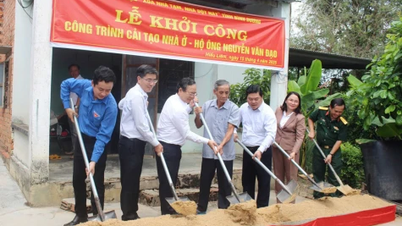
![[Infographic] New points in the 2025 high school graduation exam](https://vphoto.vietnam.vn/thumb/402x226/vietnam/resource/IMAGE/2025/5/13/f0cfdc8a459140189332d252cca0af7d)
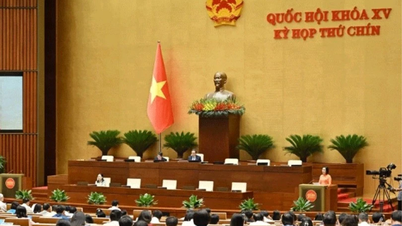
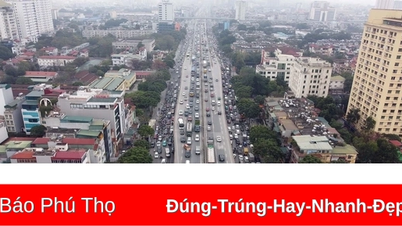
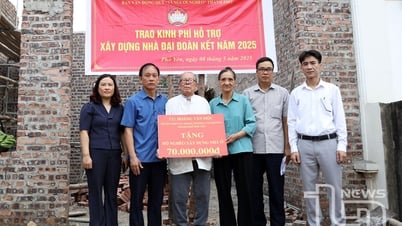
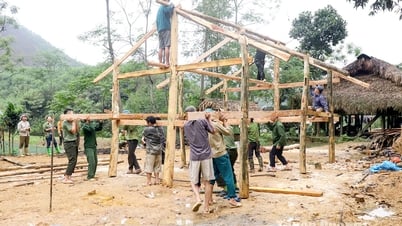







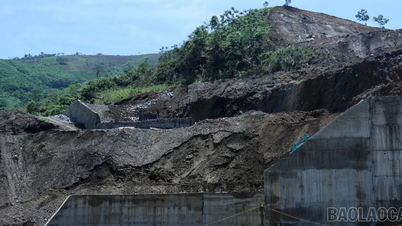
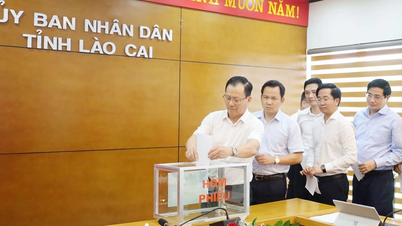

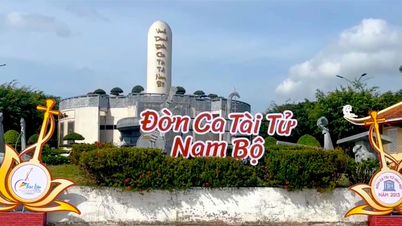


































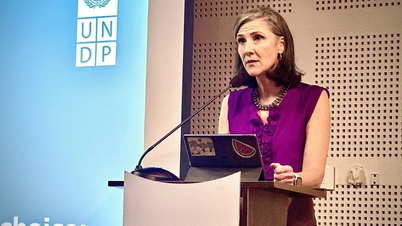

























Comment (0)